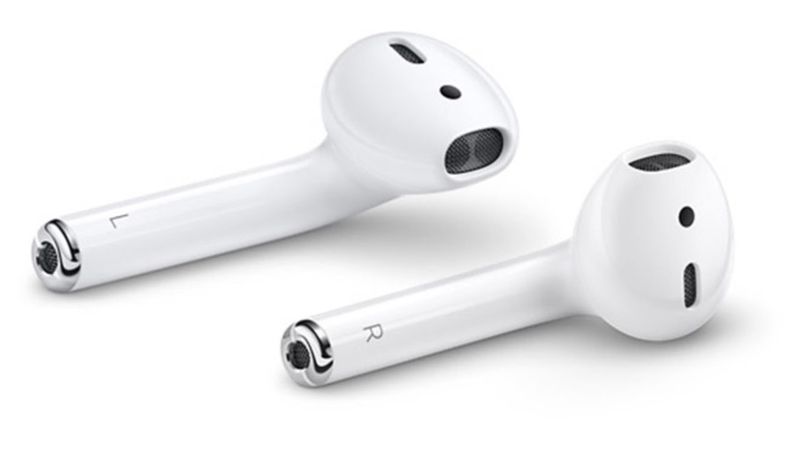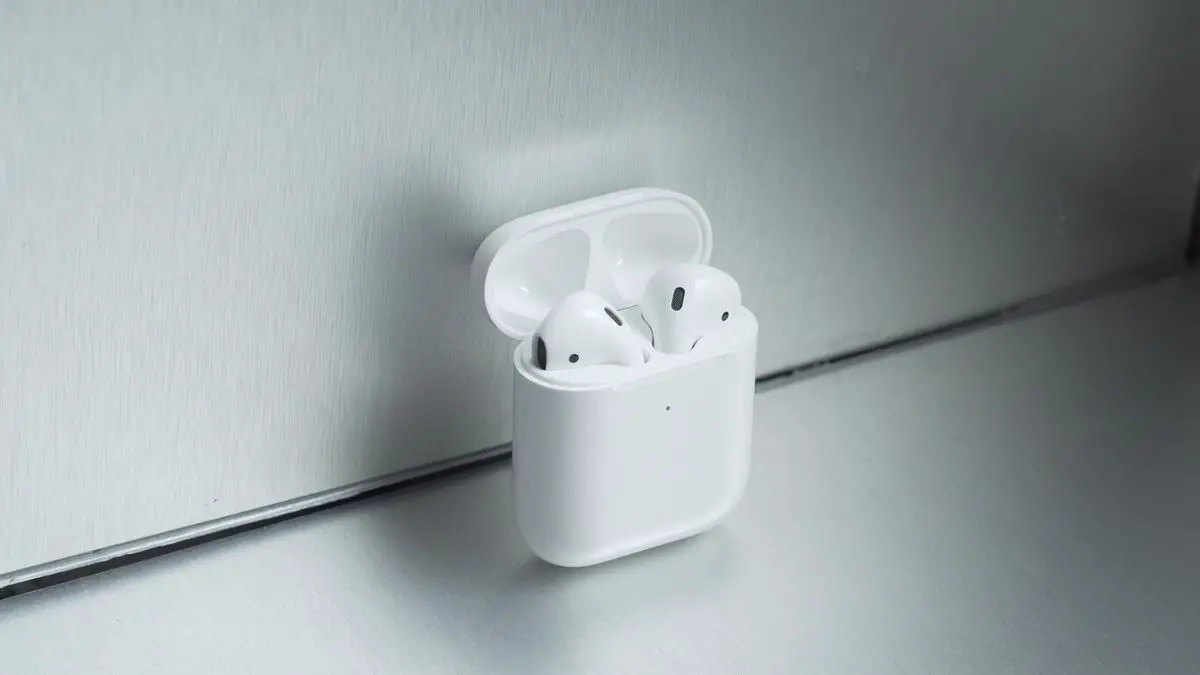If you have AirPods, you probably use them to listen to music, listen to your favorite podcasts, or answer calls. You even use them to summon Siri and make use of Apple’s voice assistant. Well, the fact that AirPods support continuous listening opens the door to a new use for health care: monitoring our breathing.
Precisely one of the new features of the AirPods v2 – also present in the AirPods Pro and AirPods Max was the “Hey Siri” mode, which allows us to invoke Apple’s voice assistant without touching anything, simply thanks to that command and continuous listening. According to Apple’s Machine Learning Institute, the consequence of this feature may prove useful in the future for healthcare.

The study suggests that AirPods are able to track the user’s breathing rate by monitoring the sound of their breathing through the AirPods’ microphone. A useful extra as a health wearable like the now common wrist-based heart rate monitor so common in wristbands and watches.
To reach this conclusion, Apple’s Machine Learning Institute has collected data from 21 individuals who have the microphone activated on their AirPods before, during, and after exercise, manually collecting the frequency of inhalations and exhalations. Breathing isn’t the loudest thing in the world, so they experimented with overlaying varying noise conditions on top, emulating real situations and thus testing whether breathing rate was detectable in different indoor and outdoor situations.
The conclusion is expresses as “Audio can be a viable signal for passively estimating respiratory rate, even in noisy situations.”
Thus, AirPods would offer an option to analyze the breathing of their users remotely. The monitoring of respiratory health in wearables “is in fashion” in recent times thanks to COVID-19, with the monitoring of oxygen saturation as a star feature among watches and activity bracelets and also for greater precision when measuring the quality of our sleep.





